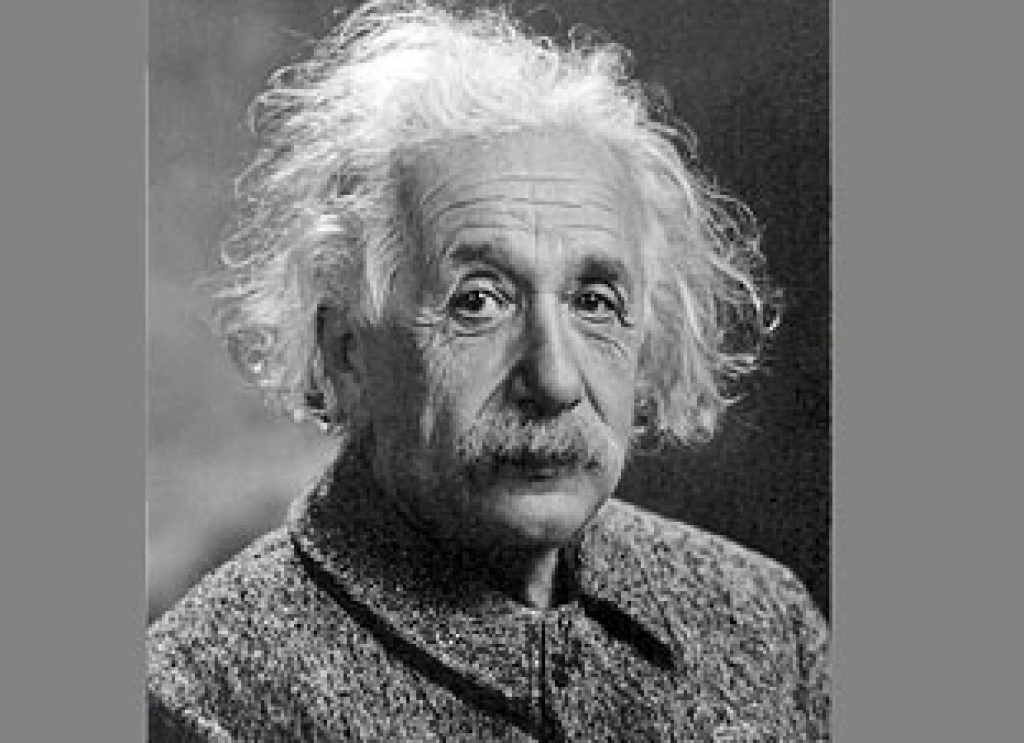
AsianScientist (Oct. 16, 2012) – Applied mathematicians in Australia have extended Einstein’s theory of special relativity to work beyond the speed of light.
Einstein’s theory holds that nothing could move faster than the speed of light, but Professor Jim Hill and Dr. Barry Cox at the University of Adelaide have developed new formulas that allow for travel beyond this limit.
Published in 1905, Einstein’s theory of special relativity explains how motion and speed is always relative to the observer’s frame of reference. The theory connects measurements of the same physical incident viewed from these different points in a way that depends on the relative velocity of the two observers.
“Since the introduction of special relativity there has been much speculation as to whether or not it might be possible to travel faster than the speed of light, noting that there is no substantial evidence to suggest that this is presently feasible with any existing transportation mechanisms,” said Professor Hill.
In December last year, experiments at CERN, the European center for particle physics in Switzerland, suggested that neutrinos could be accelerated just a very small amount faster than the speed of light. Because of these developments, the researchers started to think about how to deal with the issues from both a mathematical and physical perspective, said Hill.
“Questions have since been raised over the experimental results but we were already well on our way to successfully formulating a theory of special relativity, applicable to relative velocities in excess of the speed of light.
“Our approach is a natural and logical extension of the Einstein Theory of Special Relativity, and produces anticipated formulae without the need for imaginary numbers or complicated physics,” said Hill.
The research, published in the journal Proceedings of the Royal Society A, contains formulas that extend special relativity to a situation where the relative velocity can be infinite, and can be used to describe motion at speeds faster than light.
“We are mathematicians, not physicists, so we’ve approached this problem from a theoretical mathematical perspective,” said Cox. “Should it, however, be proven that motion faster than light is possible, then that would be game changing.
“Our paper doesn’t try and explain how this could be achieved, just how equations of motion might operate in such regimes.”
The article can be found at: Hill J et al. (2012) Einstein’s special relativity beyond the speed of light.
——
Source: University of Adelaide.
Disclaimer: This article does not necessarily reflect the views of AsianScientist or its staff.












